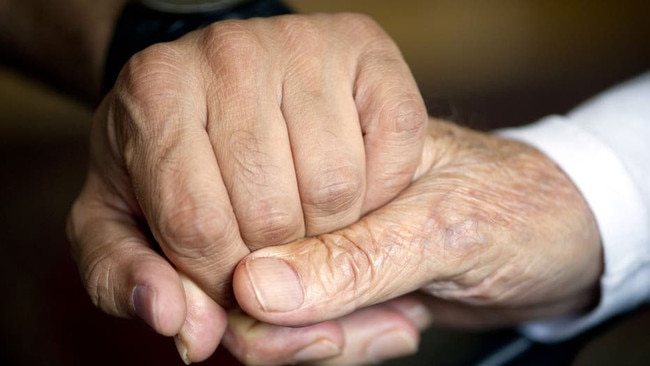More cash needed to clear in-home care backlog, providers say
Aged care providers say the federal government must urgently clear the in-home care backlog by committing a further $850m to aged care next year.

Aged-care providers are calling on the Albanese government to deliver an immediate cash injection of $850m to pay for undelivered home-care packages, change visa rules to let international students continue to work in aged care and consider whether wealthier older Australians should pay more for their care.
In its pre-budget submission, peak provider advocacy group Aged and Community Care Providers Association also asks the government to link aged-care funding to the CPI from July, and to fully fund the “on-costs” of the recent Fair Work Commission aged-care wage case, including higher superannuation and leave loading.
ACCPA says in-home care, preferred by older Australians looking to live at home as long as possible, needs a funding boost to clear the 20,000 backlog of packages approved but not yet delivered.
It calls on the government to “invest an additional $853m in home-care package funding to clear the national queue across FY23-24 and ensure all home care package recipients are in receipt of a package at their approved level”.
Doing so could actually save the government money in the longer term, the submission says.
“Any investment in home care packages is likely to be offset through reduced costs in residential aged care, as people will be in their communities and homes for longer, at a reduced overall cost.”
ACCPA chief executive Tom Symondson said investing in home care was critical to the government delivering what older Australians wanted.
“Every person supported with in-home care is more likely to be able to live a life of their choosing, in their own home, for longer,” he said. “If they are waiting for home care which isn’t delivered it is more likely they will be forced into residential care.”
ACCPA also says a frank conversation is needed about wealthier older Australians contributing more to the cost of their aged care.
“Given the level of national debt and the projected growth of the proportion of the federal budget committed to aged care, taxpayer funds must be focused on protecting people who cannot afford to pay for aged-care services, rather than protecting those who can,” the submission says.

Under the current system, aged-care providers are regulated in what they can charge nursing home residents. Annual care contribution caps of $30,500 a year, and $73,000 for a lifetime, fall far short of actual costs, ACCPA says. Determining personal contributions is “artificially suppressed” by a means test that caps the value of the family home at $200,000.
“For the purposes of asset testing a $400,000 home is assessed the same as a mansion worth tens of millions of dollars,” it says.
Mr Symondson said the discussion “cannot be taboo any longer”.
“We need a national conversation. I know we’ll be criticised for bringing it up, but we would be doing the broader community a disservice by saying the only way we can fix aged care is to ask the government for more money,” he said. “There are people who have a lot who are not asked to contribute more than those with limited means.”
Aged care is already one of the largest spending items in the federal budget, set to cost $23bn this year and rising to $35bn over the next four years.
A separate pre-budget submission from aged-care provider Catholic Health Australia also called for an increase to consumer contributions to aged-care services through higher housing thresholds and raising caps.
ACCPA also called on the government to extend the eased working hour restrictions on student visas to allow them to continue to work in aged care “until such time as the immigration of new aged-care workers increases sufficiently to reduce the staffing shortage in our sector.” The rules around international students working in the sector were introduced in January last year to cover for the supply of foreign workers during the pandemic.








To join the conversation, please log in. Don't have an account? Register
Join the conversation, you are commenting as Logout